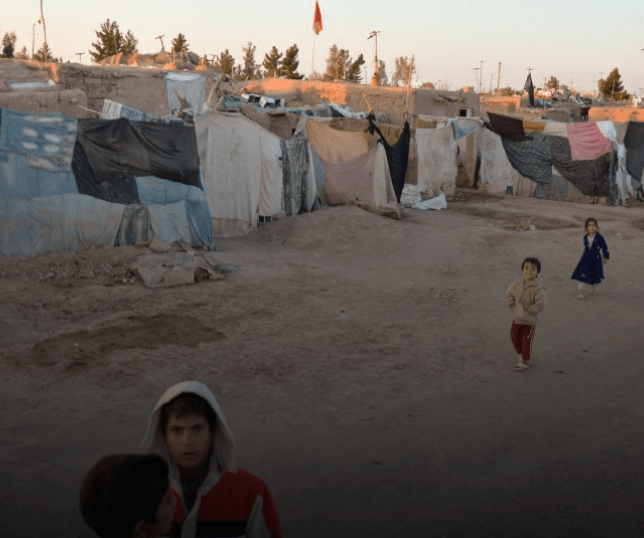
In 2024, more than half of Afghanistan’s population will require humanitarian assistance.
Afghanistan’s complex humanitarian crisis is among the most persistent and severe. Millions of Afghans endure the consequences of four decades of conflict, poverty, repeated disasters and an economic downturn.
Since the Taliban assumed control of the country in August 2021, the political transition, contraction of the economy and reduced levels of donor funding have increased risks and needs at the local level. Girls and women have been particularly impacted with the Taliban’s restrictions hindering their ability to access services and limit their involvement in life outside the home.
The Afghanistan Humanitarian Needs and Response Plan (HNRP) 2024, a document that provides a shared understanding of the crisis and the most important humanitarian needs, incorporated priorities identified by Afghans. Communities highlighted food as a top need, in addition to health care services, education, and water, sanitation and hygiene (WASH). Nearly half of households emphasized the importance of livelihoods support.
Limited funding has been a key characteristic of the Afghanistan crisis and will continue to affect national and international organization’s ability to provide assistance.
The Global Humanitarian Overview 2023 Mid-Year Update said, “In absolute terms, Afghanistan (- $950 million), Ukraine (- $600 million) and Syria ( – $60 million) have seen the sharpest decreases in funding compared to the same time last year.”
The HNRP 2024 says $3.06 billion is needed this year to assist the 17.3 million people targeted.








